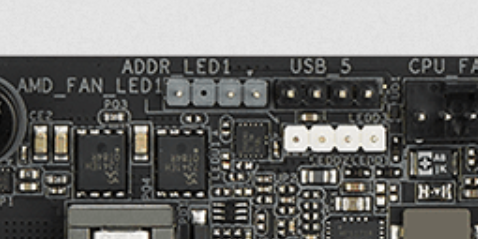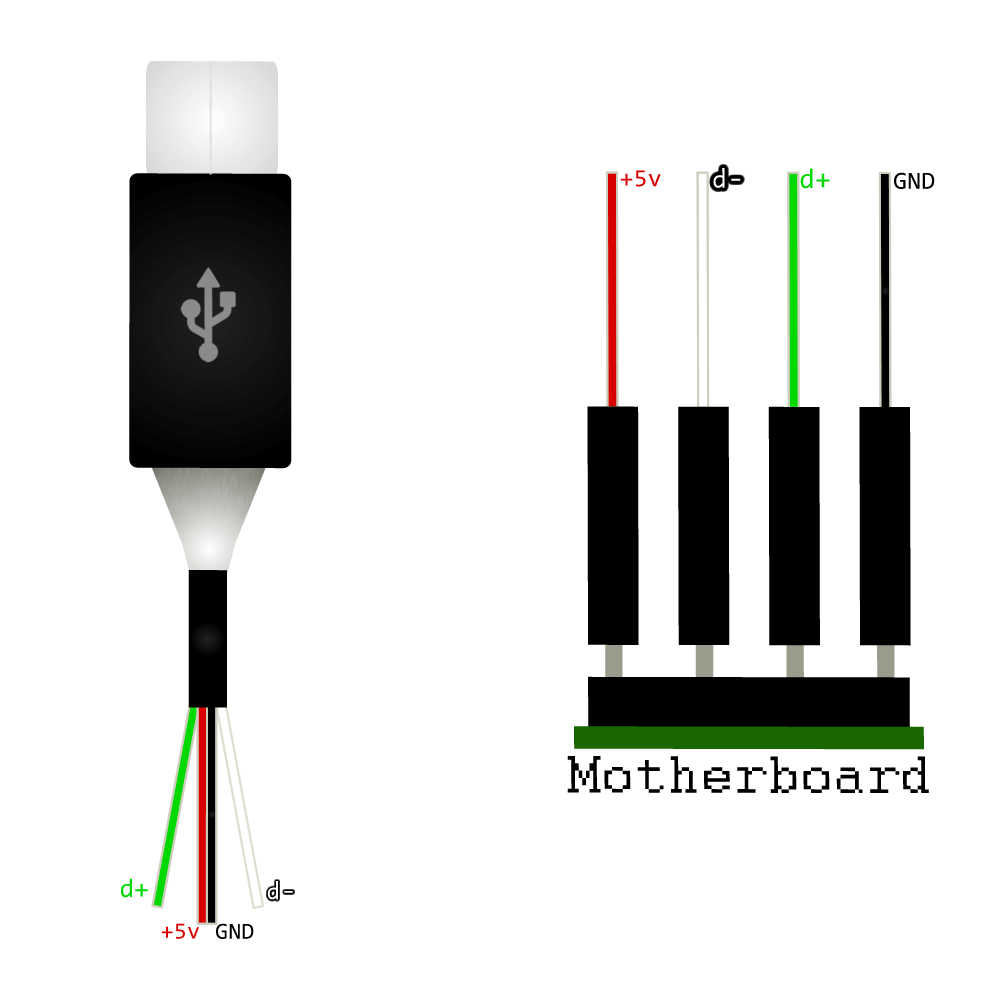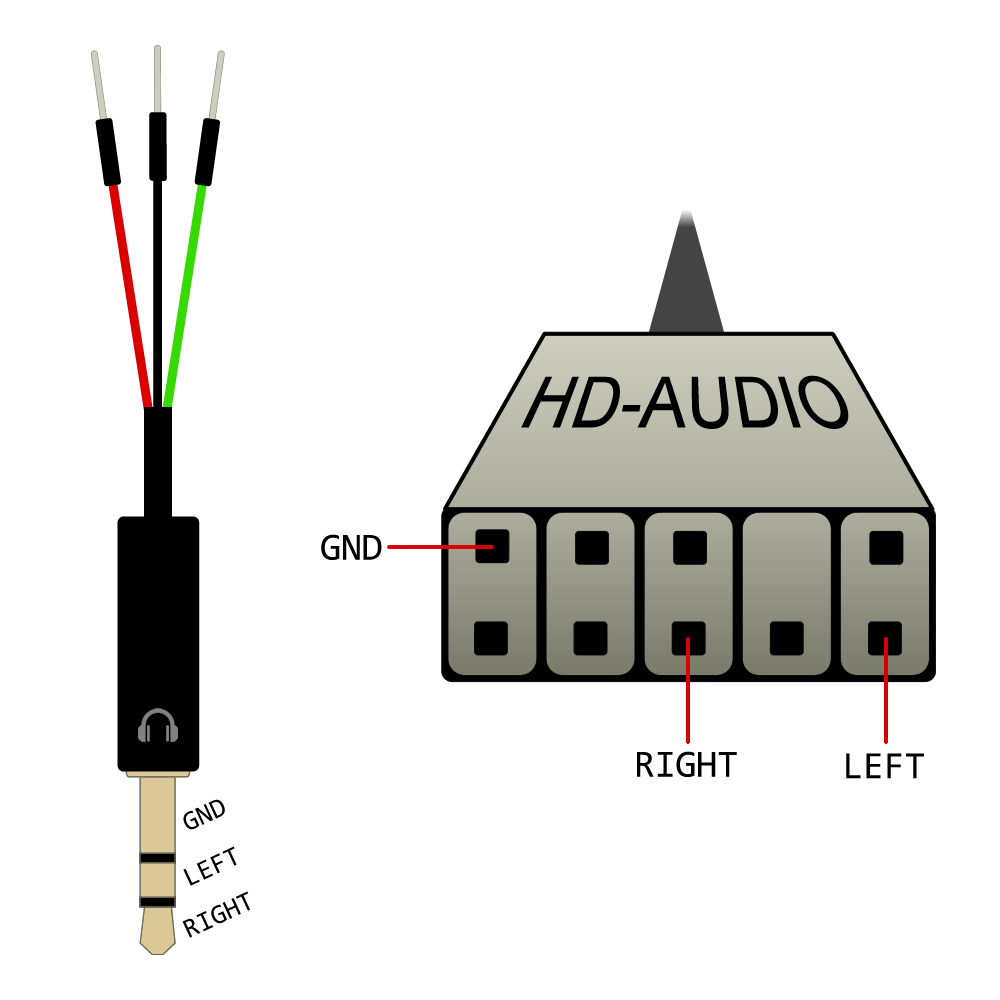Putting a high end DAC inside your ITX desktop computer
BE CAREFUL! This post has been marked as potentially dangerous either to health or the devices discussed. You follow this post at your own risk.
Links to purchases in this blog post are affiliate links.
Tl;Dr: In this blog post, I discuss the problem I have with having an external
DAC (cable clutter), and the hacky solution I came up with (putting a USB DAC
inside the chassis of my computer and hijacking the HD-Audio solution built into
most PC cases).
The problem
I recently became dissatisfied with my motherboard audio solution, so I investigated DACs and found the Fiio K3. The difference compared to the onboard motherboard audio was that the headphones could be driven louder (unsurprising) but the bass specifically seemed ’tighter' and more defined. I hate describing sound, but it sounded (ha!) as if the headphones were more “alive”. I’ll leave further discussion of how headphones sound to the audiophiles, but suffice to say I fell in love with this setup. What I did not love however was the cable clutter. The Fiio K3 connects to your computer via a USB-C cable, and your headphones plug into the DAC. This means you have the DAC/AMP sitting on your desk somewhere, and you must have a free USB port at all times for it, as well as the space to manage the cable that comes off the headphones (Most higher end headphones come with comically long cords, and unfortunately one downside to the Beyerdynamic DT880s (my headphones of choice) is their lack of removable cord).
I also use a ModMic USB. It is a fantastic microphone that sticks to the side of your nice headphones with a magnet, and plugs in via USB. This of course means you’ve now got two cables coming from your headphones, which of course you are going to want to cable manage together so they act as one cord, and on the other end you’ve got the headphone port which plugs into the DAC, and the ModMic USB port which plugs into a USB port. This means you now have two USB ports you have to have free on your computer at all times, which is not ideal. Ideally, I’d plug both the mic, and the headphones into my cases front IO ports.
What if instead of this mess, I just got a PCI-E sound card? That way, I’d just plug the headphones into the back of my PC like a normal person and be done with it. This solution is almost certainly the better solution for those who have a spare PCI-E slot, but I do not. My desktop computer is an ITX build (really small!), and has exactly one PCI-e slot which is used for a graphics card.
My awful solution
Before I continue to explain what I did, I think you probably shouldn’t do this. It’s a dumb idea, and is potentially dangerous for your hardware. If you’re not completely confident with what you’re doing, a number of things could go wrong. If you connect your DAC to your motherboard incorrectly, you could damage your motherboard or your DAC, or both. I obviously take no responsibility. If you do end up doing something like this, let me know and tweet at me!
I wanted to make use of my cases front headphone port, as well as an internal USB header. They weren’t seeing any use anyway, so I set about creating two cables which would allow me to mount my DAC inside my computer, so I could forget about it and just plug one headphone port and one USB port into the front panel of my computer.
Firstly, I needed to connect the DAC to a USB header. Of course, internally most motherboards do not have standard USB ports, but what they do have is USB headers which are usually used to connect to your cases USB ports. In fact, my AMD motherboard has what it calls a “AMD USB LED” header, which as far as I can tell is designed so those with certain types of AMD coolers with LED lighting can plug their cooler into that USB header, allowing software control of the lighting.

I do not personally bother with lighting inside my computer, so this port was free. I hacked together a USB-C to USB2 header connector as shown in the diagram below, and tested it worked by connecting my phone to it. Surprise, it’s just a USB header. This meant I could now connect my DAC to a USB header inside the case, freeing up a USB port.
All you need to determine on any USB header to know which way to connect the wires is which is the 5v and which is the ground pin. They will both be on the edges of the header, so you can easily check this with a multimeter.

Next, I needed some way of connecting the “HD audio” connector from my case to my DAC. It turns out HD audio is just normal headphone audio (one wire for left, one for right, one for ground), plus a bunch of other pins unnecessary for my purposes (the “sense” pins which sense when a device is plugged into the headphone port, as well as a second set of identical pins but for the microphone port, both unnecessary for our purposes here). So I soldered together a cable which has a male AUX port on one end that is plugged into the DAC, and a few male Dupont pins on the other end (the kind you’d plug into a breadboard) that we’ll jam into the HD audio connector.
I spliced an aux cable, and used a multimeter and a diagram of which part of the aux jack was for what to determine which wire was which. There doesn’t seem to be a standard colour scheme as there is for USB so this step definitely requires a multimeter. This one is probably safe to try to determine via trial and error, however. YMMV.

I then used some double sided tape to mount the DAC inside my case, and plugged my headphones and USB microphone into the front panel ports. This setup is significantly cleaner, and means I’ve effectively added a high end sound card to a build that definitely couldn’t fit a proper PCI-E sound-card.
I’d love to know if anyone else pulls off this silly trick, so please tweet me or send me an email if you do!
Let me know what you thought! Hit me up on Mastodon at @kn100@fosstodon.org.